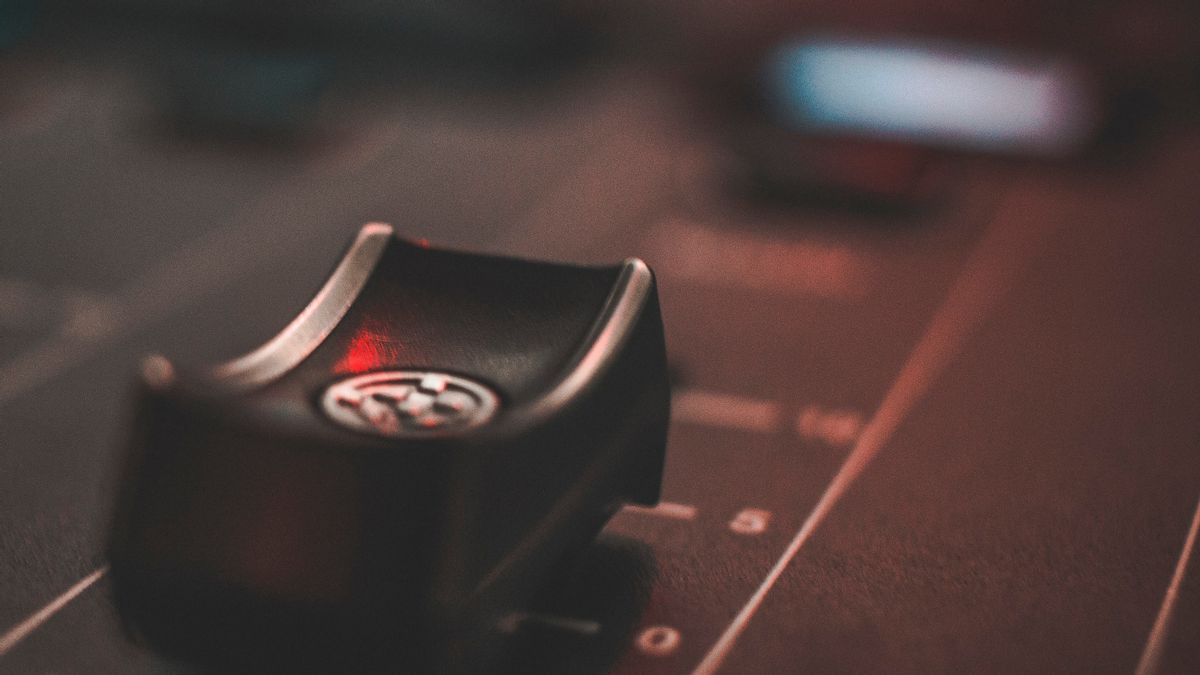YOGYAKARTA - Driving a car while enjoying the rhythm of music is really exciting, plus if there is a tuning sound. So what is tuning sound?
It will certainly be even more comfortable if the car is equipped with an audio system that spoils the ears. Previously, Kelvin, which is an installer audio from iCE Audioworks, shared basic guidance on components, which means to be observed in an audio car. Currently Kelvin is again sharing basic ways to apply the tuning audio.
Tuning audio or tuning sound is a uniform response adjustment to the hearing area, with a minimum distortion, maximum clarity and best natural voice depiction. In the audio tuning process, Pink Noise will use is that the acoustic energy distributed uniformly is sourced on octaves throughout the audio spectrum. The range of human hearing itself lies in the range of 20 Hz to 20 kHz. Pink Noise has the same energy spectral density, the sound in the octave band is heard by humans because of the design of its ear. This is why the Audio Tuner uses Pink Noise to check the frequency response in the audio system.
When before applying the audio tuning, let's prepare the tools that will be used for tuning first. The following are some of the equipment that will be used:
After all the complete equipment is finished, let's follow the regulatory steps and adjustments in each of the following sections:
1. Crossover
Crossover settings, must begin with volume 0 or mute. This is tried to avoid damage due to exceeding the ability of the speaker. Meanwhile, the importer did not distribute a guarantee of damage to the damage, especially to tweeters. The setting will be tried in the following frequency range.
Kelvin also actively shared recommendations for the initial value of the crossover, as follows:
2. Polarity Check
Suitable for name, Polarity Check files are used to check polarities. The use of this file can be tried by storing it on a CD or flashdisk to be installed into an audio system. This check must be tried one by one on each driver. The trick is to apply Mute on the entire channel, then turn on the driver one by one and make sure the entire Polarity is correct. Characteristics if Polarity is correct, namely Speaker moves forward 2 times (LED green) and reverse once (red LED). This Polarity Check file can be downloaded freely on the internet.
3. Equalizer
As mentioned earlier, to check the frequency response of an audio system, Pink Noise is needed. This audio tuning is used by the Uncorrelated Pink Noise file or Stereo Pink Noise which can be placed using a CD or flashdisk medium. Enter the CD or install the flashdisk and prepare the calibrated measuring equipment or microphone. Live the mute on the entire channel and turn on the turn channel, for example channel 2 or the right-hand tweeter channel first.
Perform this Equalization (EQ) until it reaches the Basic Response target. After the process on the right tweeter is complete
continue the same process on the left tweeter. Don't forget to mute the right tweeter first, then turn on the left tweeter. Simultaneous the response with the right tweeter that has been EQ earlier.
This process is also tried on MidBass, and everything is tried one by one. Strive for a minimum left and right response of 90% of the equation or almost the same. The booster should not be carried out for the 1000 Hz-6300 Hz zone.
After the EQ process ends with a basic frequency response or response to the basic frequency, turn on the tweeter and right midbass. Observe the response whether there is a cancellation (frequency does not want to add), to tackle this matter, namely by reversing the polarity up to 180 degrees. If the frequency has filled each other, go through the same thing on the left tweeter.
4. Time Alignment
The method of determining the timing alignment or Time Alignment (TA) is to measure the distance between each driver. For example, the right tweeter is 100 cm, the left tweeter is 150 cm, the right midbass is 50 cm and the left midbass is 200 cm. The distance of the farthest driver will be the reference driver or the initial distance value which will be reduced by the distance of each driver. In this example, the left midbass with a distance of 200 cm is a reference driver count. The TA calculation formula for each driver is that the driver's distance with the reference driver is divided by 34, 3.
Sourced at the distance in the example used to the following is the value of TA for each driver:
After entering the TA value, do muta on the left and right midbass. Prepare the CD Phase Check with the vocal voice My Voice is in Phase and My Voice is Out of Phase. Listen to the voice of the tweeter, whether it is already in the center. If not, reduce or add the value of the right tweeter TA until it sounds solid at the center. Now try to turn on all the drivers not only a subwoofer. If the sound center has been achieved quite well, then the basic tuning process will be successfully passed.
So after knowing what the tuning sound is, see other interesting news on VOI, it's time to revolutionize news!,
The English, Chinese, Japanese, Arabic, and French versions are automatically generated by the AI. So there may still be inaccuracies in translating, please always see Indonesian as our main language. (system supported by DigitalSiber.id)









